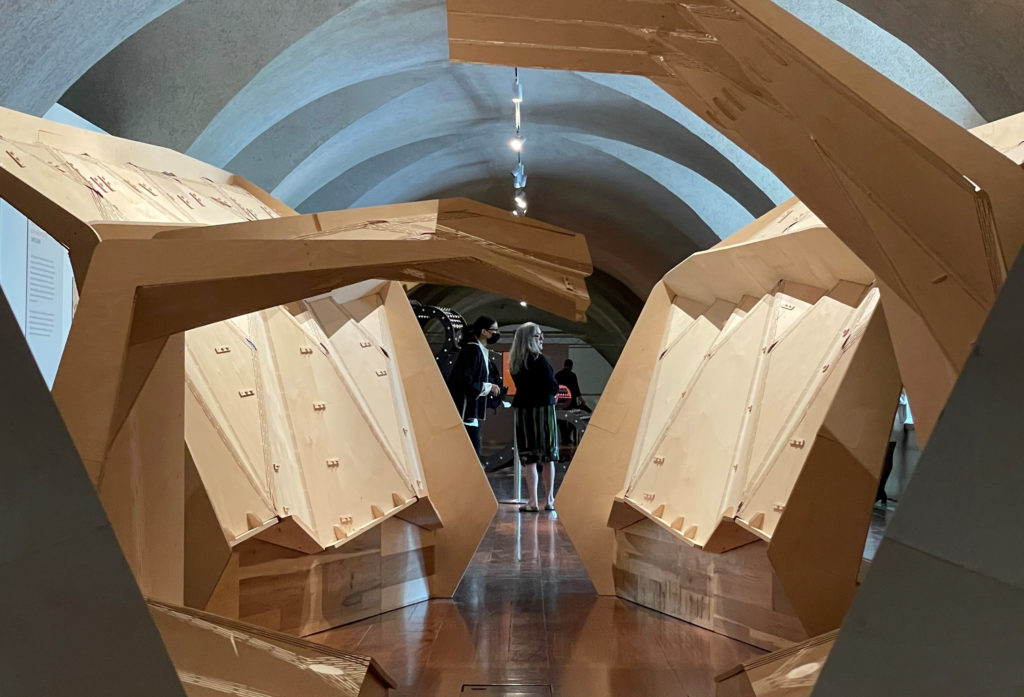Welcome to Symbiocene Living!
The next era in human history is the Symbiocene, a period of re-integration between humans and nature.
However, this future is not imminent and requires deliberate actions. As it stands, 40% of annual global CO2 emissions are attributed to the built environment, in which 23% of emissions are blamed on concrete, steel, and aluminum (Architecture 2030). If the symbiocene is to take hold, the status-quo of the built environment must change.
PLP is transitioning from an architecture practice to a practice of sumbiotecture, to design and build according to Symbiocene principles. Sumbiotecture places collaboration, rather than command, at the heart of design.
We believe architects and urban designers have a role in collaborating with nature to cultivate the urban landscape of the symbiocene.
In doing so, we have conducted a year-long experiment to explore the building properties of mycelium bio-composites. This study focused on understanding the structural capabilities and architectural potential.
We found mycelium to be a versatile material for a variety of architectural applications. Unlike concrete and steel, mycelium bio-composites are renewable and biodegradable. They can be grown and harvested with minimal environmental impact. They are also lightweight, fire-resistant, and have good insulation properties.
From this study we discover a way to combine the ingenuity of engineering with the natural characteristics of fungi by bonding mycelium and 3D printed wood shells. This technique moulds mycelium in an infinite number of configurations with a high level of precision.
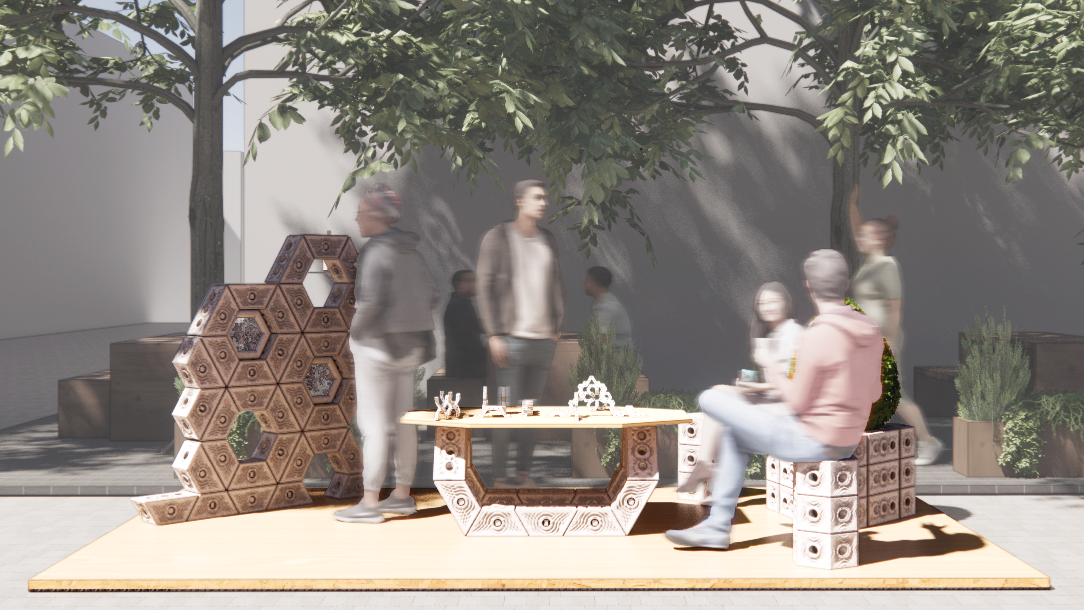
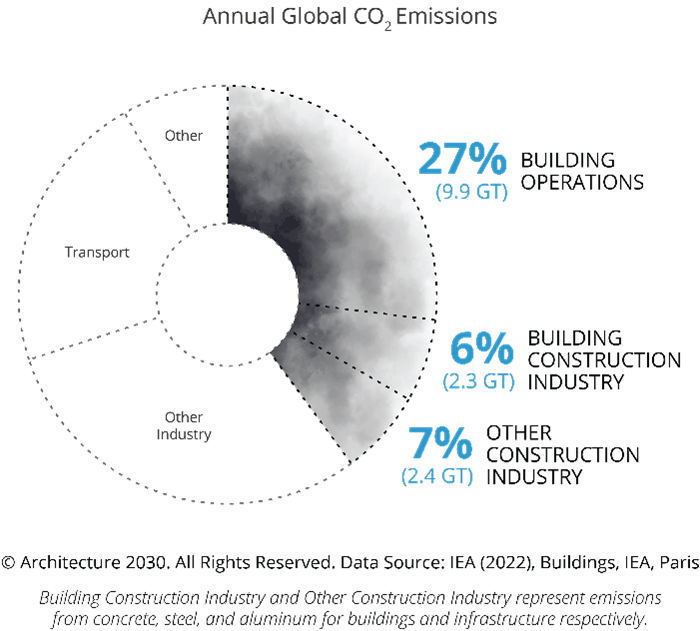
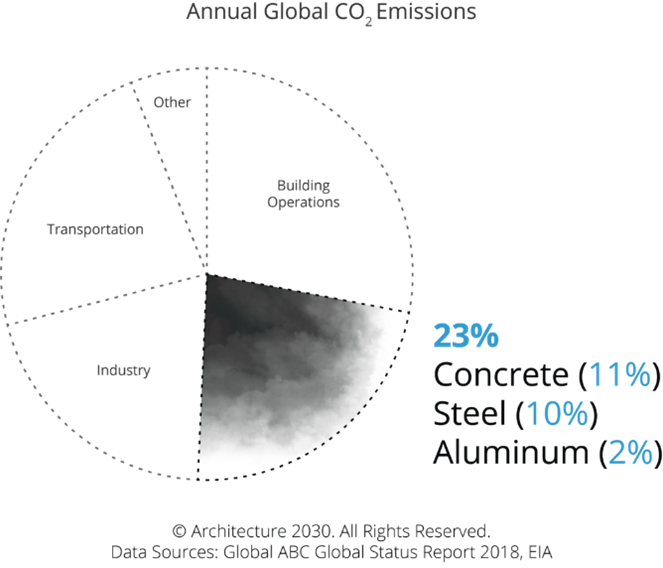
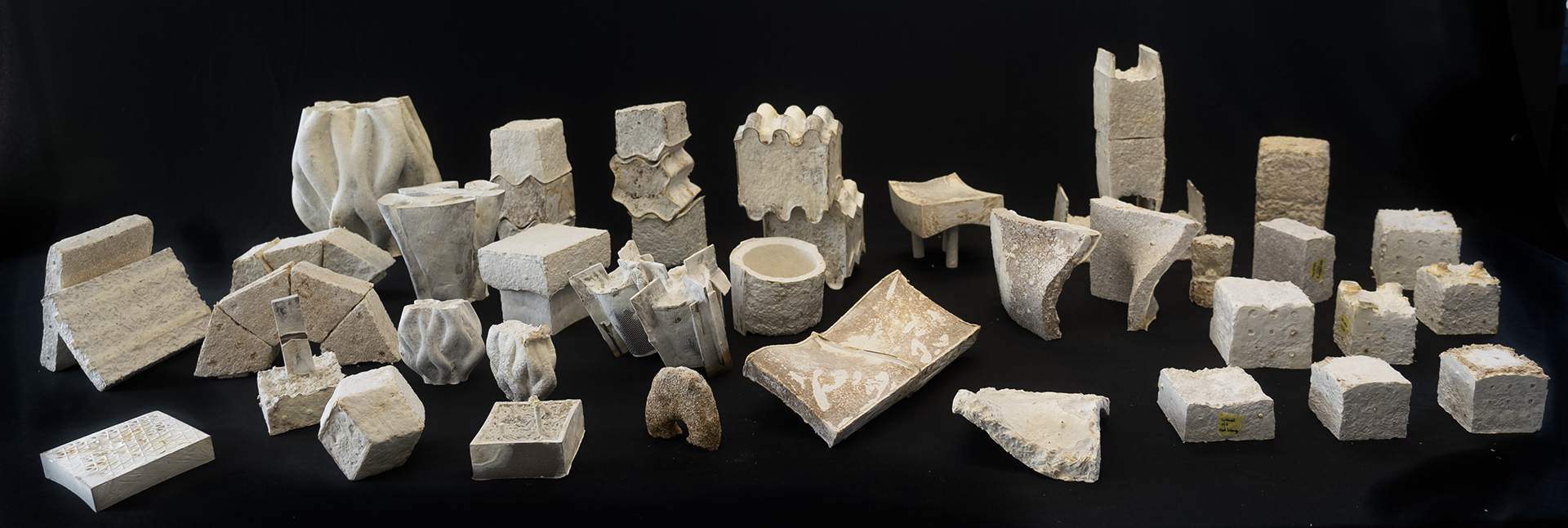
Installation
The installation is made up of modular system using 84 mycelium bio-composite blocks. The unique shape of the block allows for many more configurations than the partition, seating, planters, and table showcased on site.

It took approximately three months to grow the installation from start to finish.
First, we 3D printed a wood formwork for the building block. Next, we packed the substrate that has been inoculated with the mycelium into the formwork. Mycelium can be grown in a controlled environment using agricultural waste such as straw, wood chips, or sawdust as a substrate and this was setup in a meeting room-turned makeshift lab. The mycelium then colonizes the substrate, creating a dense and durable material that can be shaped and moulded into different forms.
In this case, we sterilized the space, before packing the mycelium-hemp substrate into the wood structure. Next, the mycelium was grown over the course of several weeks and then promptly dried. The intense heat prevents further mycelium growth and renders the resulting composite inert.
This is only the beginning. We plan to continue to experiment with the material capabilities of mycelium bio-composites; it has great potential to become a viable building material.
Background
What is Mycelium?
Mycelium is a network of tiny thread-like strands called hyphae, which grows underground or in a substrate. Mushrooms, truffles, or crusts are the fruit or flower of fungi.
Mycelium plays an important role in the growth and reproduction of fungi, as it helps to absorb nutrients and water from the surrounding environment. It can also serve as a communication network, allowing fungi to exchange information and coordinate their activities. Mycelium is often referred to as the “vegetative” part of the fungus, as it is responsible for the growth and maintenance of the organism. Learn more about mycelium here.
What is The Symbiocene?
Originally coined by environmental philosopher, Glenn A. Albrecht, The Symbiocene is the era in human history following the Anthropocene (“Era of Man”).
This new era focuses upon companionship between humankind and the natural world.
Symbiocene principles focus on topics like, but not limited to, the circular economy, renewable energy, social and environmental justice, and symbiotic bonds.
The word is rooted in Greek:
— συμβίωσις (sumbíōsis): ‘living together’ or ‘companionship’.
— καινός (kainos, -cene): ‘new’. A suffix used to identify geological epochs of the Earth.
Find out more about Symbiocene here.
What is Sumbiotecture?
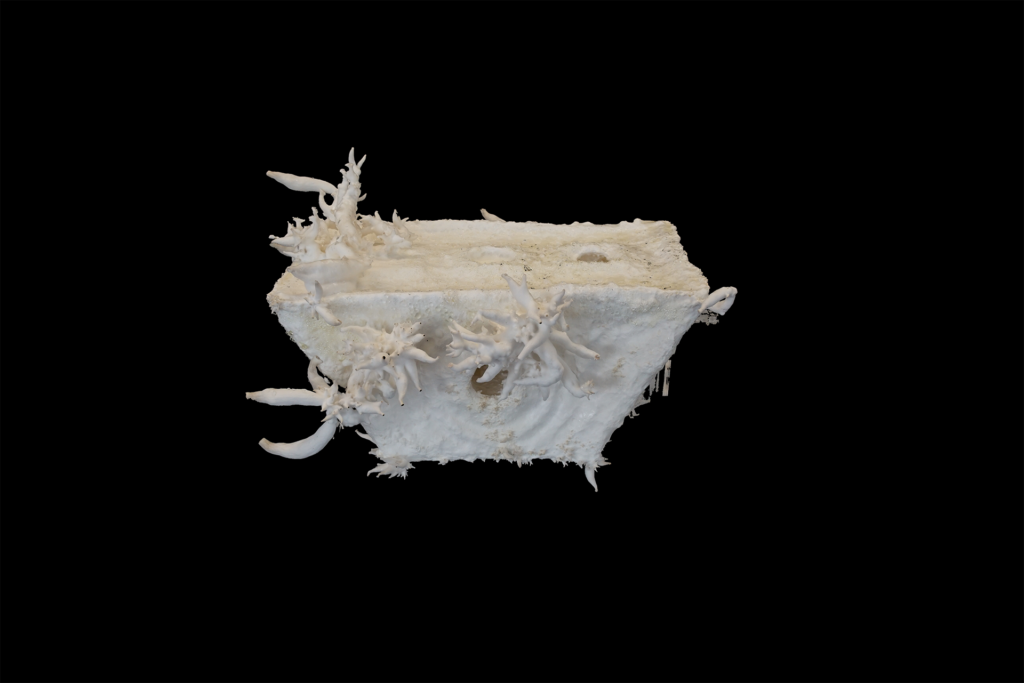
Coined by Glenn, A. Albrecht, he defines sumbiotecture as “To design and build according to Symbiocene principles…”.
This type of craft moves away from the human dictation of architecture towards collaboration with nature. Examples of sumbiotecture include The Edge, Amsterdam; The Seaweed House, Laeso; or buildings made with rammed earth, mudbrick, timber, and bamboo.
The word is rooted in Greek:
συμβίωσις (sumbíōsis): ‘living together’ or ‘companionship’.
τέχνη (technē): to build, craft, art
Find out more about Sumbiotecture here.
Team
Ron Bakker, Founding Partner
Harjit “Ram” Sembi, Senior Associate Partner
Jenya Andersson, Senior Associate Partner
Abhinav Chaudhary, Associate Partner
Alex Davidson, Associate Partner
Michael Polisano, Industrial Designer
Savannah Willits, PLP Labs Team Lead
Dominic Do, Model Maker
In dialogue with…
Merlin Sheldrake, Biologist & Author Entangled Life: How Fungi Make Our Worlds, Change Our Minds, and Shape Our Futures
Glenn A. Albrecht, environmental philosopher
London Fungus Network
Fat Fox Mushroom
The Home of Sustainable Things (HOST)
Osmose Studio
Biohm
Grown.bio
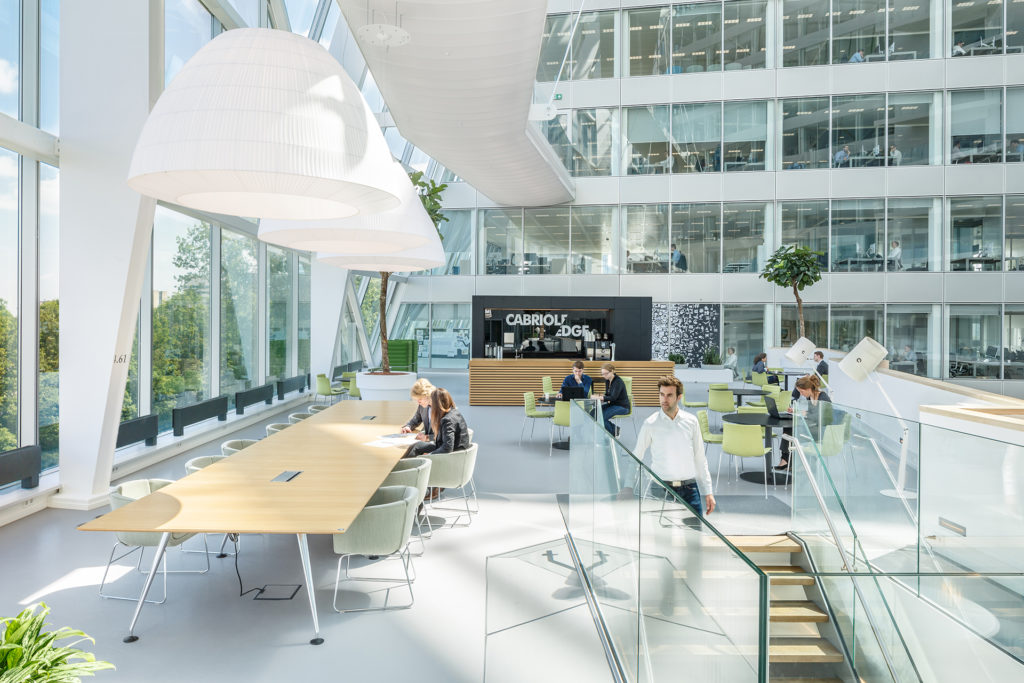
PLP ARCHITECTURE
PLP Architecture is a London-based, internationally operating practice with decades of experience. The multi-award-winning firm of architects and designers work on high profile projects like The Edge in Amsterdam and 22 Bishopsgate in London.
PLP LABS
PLP Labs is a design research collaborative. We conduct interdisciplinary research related to people, planet, and technology with leading experts from around the world. Labs serve the wider studio’s architectural and urban work, as well as external clients with bespoke research; by operating outside the confines of traditional architecture.
